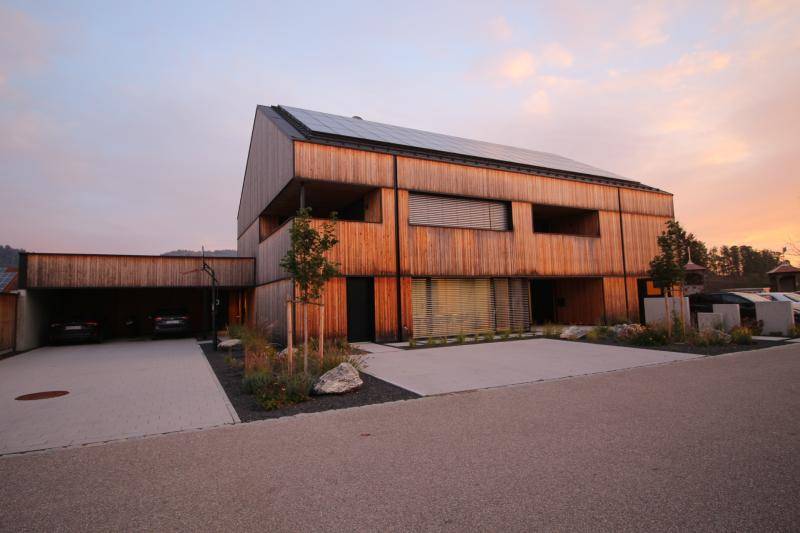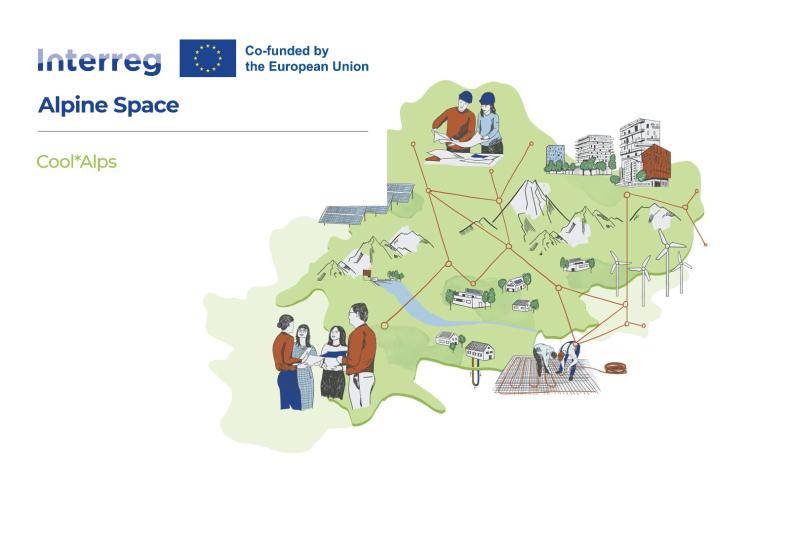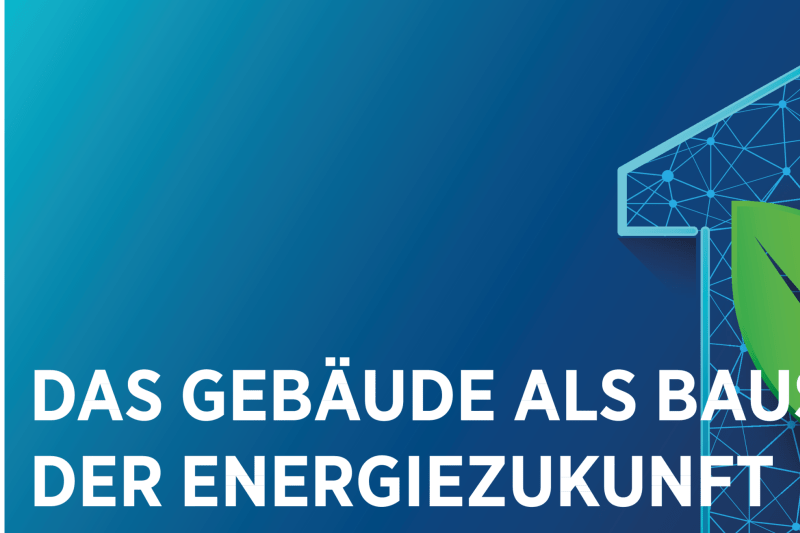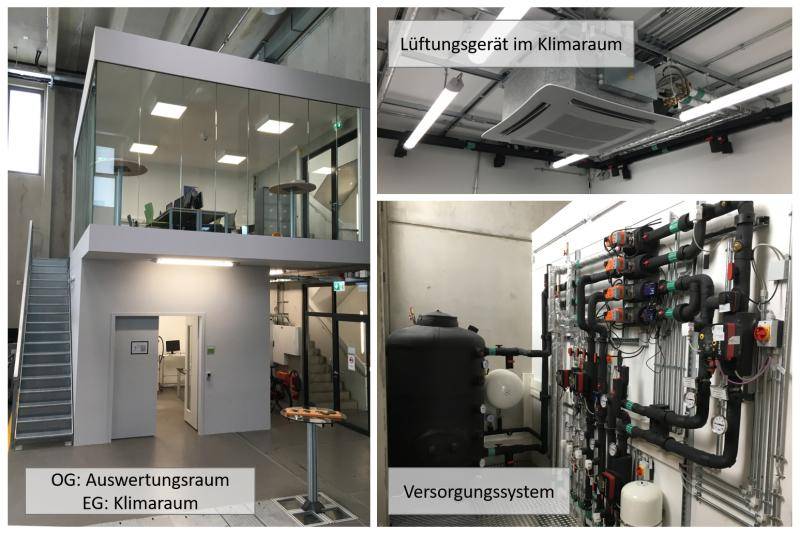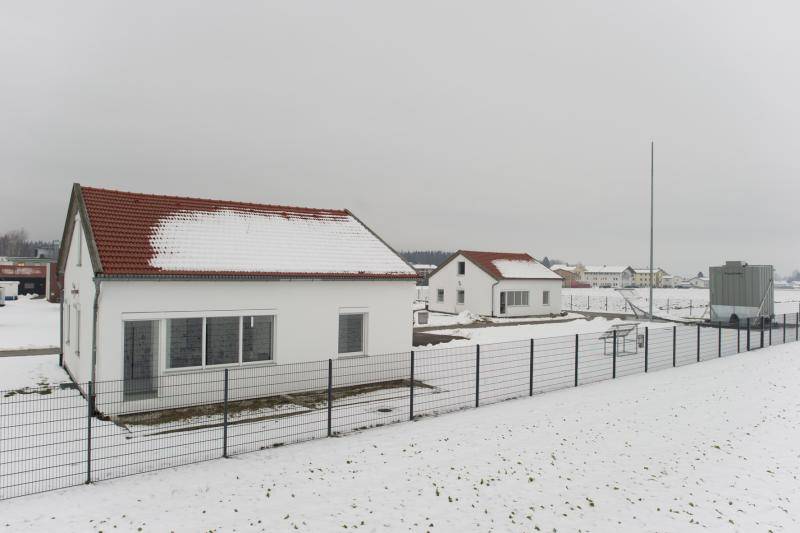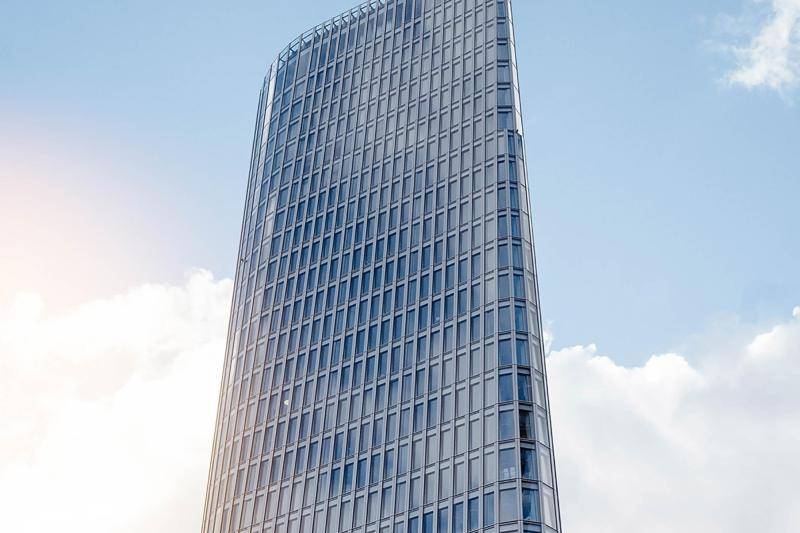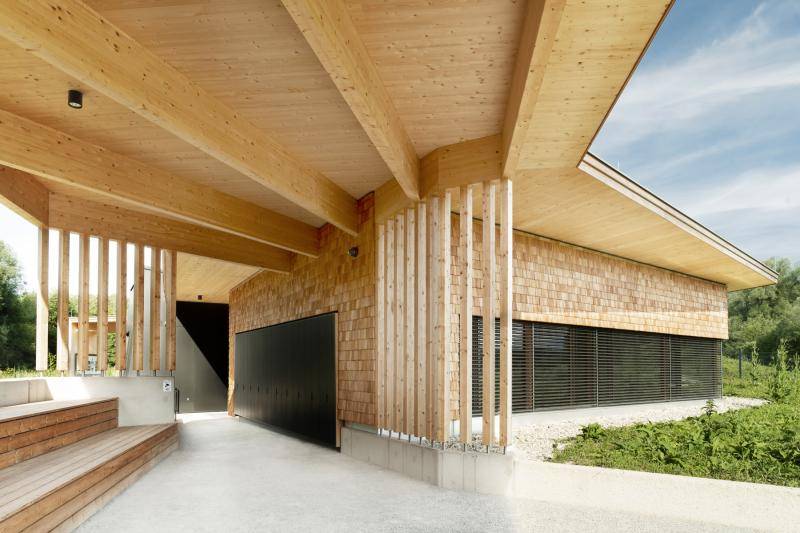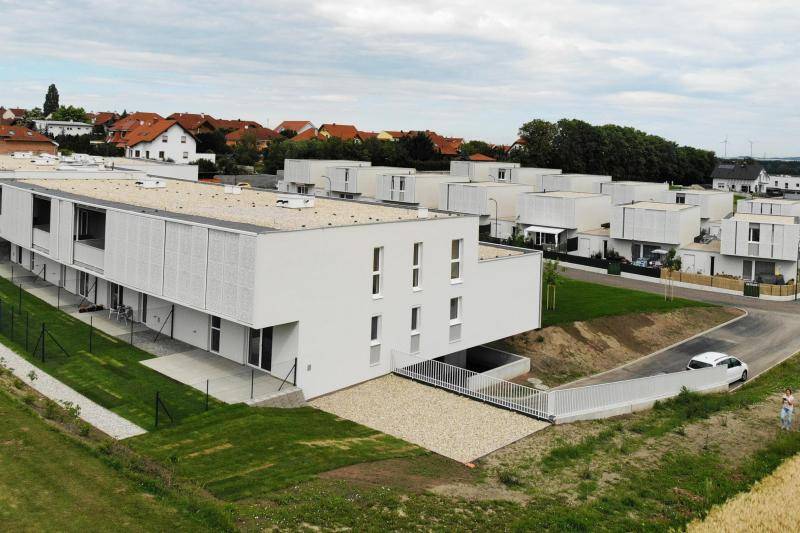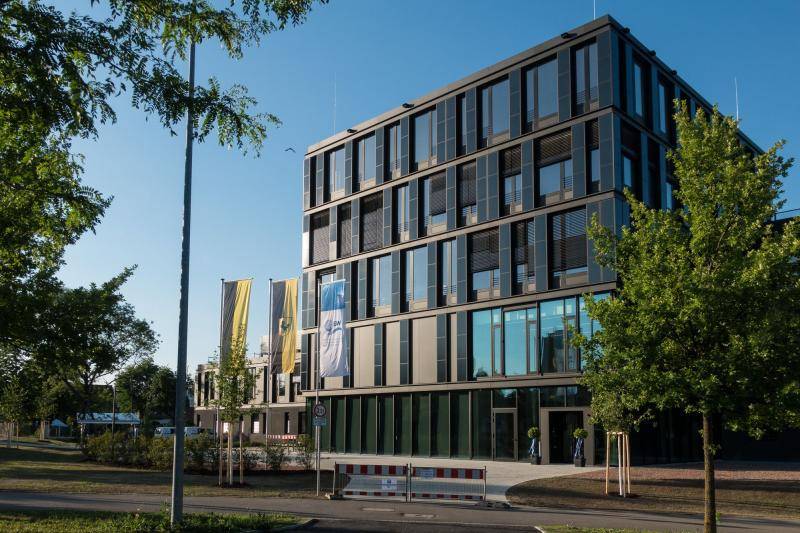Energy future
Europe wants to be climate-neutral by 2050. The basic pillars for the success of the energy turnaround are above all: Energy efficiency and increasing the share of renewable energy.
The challenge in the increased use of renewable energy is that supply and demand do not always coincide in terms of time. Therefore, the topic of energy storage is of essential importance.
The construction industry can make a significant contribution to achieving climate targets in the future through the increased use of renewable energy in building supply.
The importance of the future of energy is an important issue that will influence the future of our planet. The future of energy must be shaped in a way that focuses on protecting the climate and the environment. This is why electricity should primarily come from renewable sources in the future. Fossil fuels such as oil, coal and natural gas should disappear. New technologies, efficiency and the use of natural resources such as sun, water, wind and forests are at the heart of the solutions
Building in the energy future is an important aspect of achieving climate targets. Sustainable building planning should be energy-efficient, fit into the decentralized energy system and be operated as climate-neutrally as possible. The production and use of building materials lead to considerable greenhouse gas emissions and a massive consumption of resources. The use of energy-efficient technologies and resource-saving materials can significantly reduce energy and resource consumption in the construction industry.
In order to achieve the climate targets, all options for decentralized and ecological energy generation must be considered from the outset. Neighborhoods offer the best opportunities for implementation. Renewable energy can be generated, stored and distributed here. Ideally, electricity, heat and mobility are linked, energy consumption is tailored to the needs of users and the energy system - and energy is saved as a result.
The building and living of the future should be "affordable, climate-neutral, sustainable, accessible and innovative". In the course of a decentralized energy transition, more and more overlaps are emerging between the energy and real estate industries. However, the obstacles to such models are inadequate regulations on the part of politicians.

